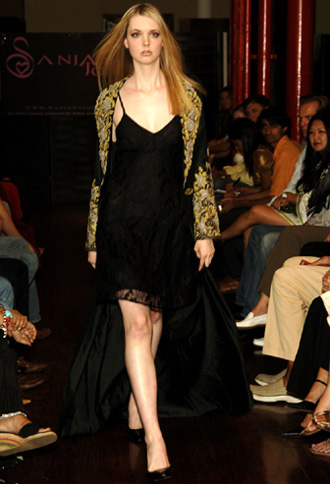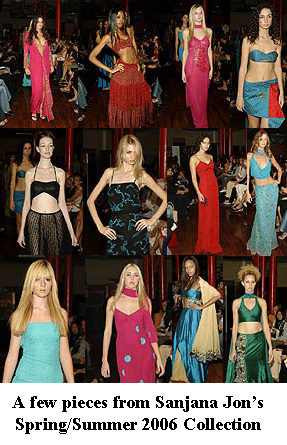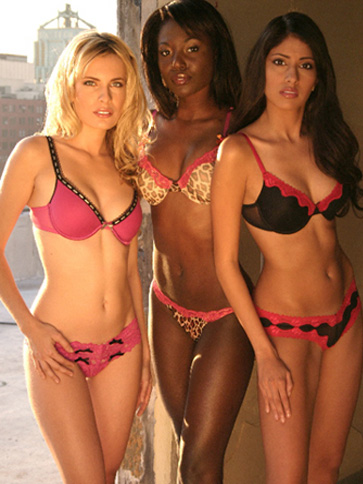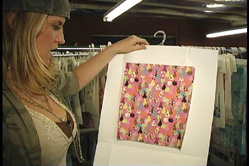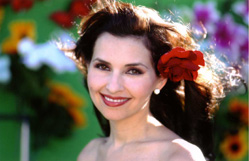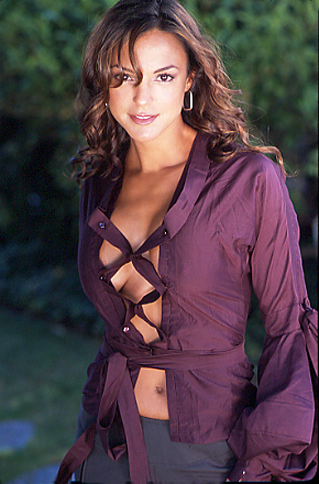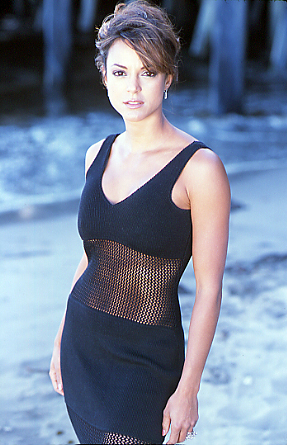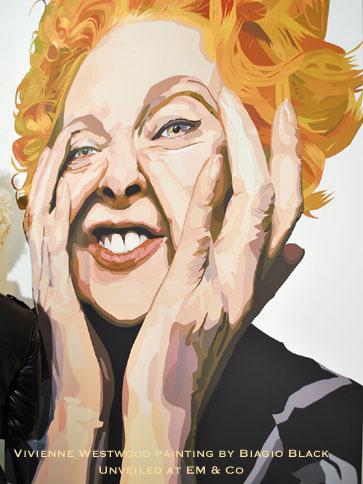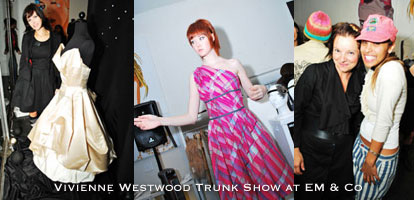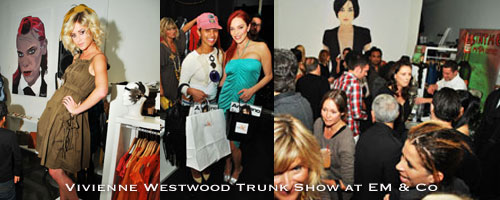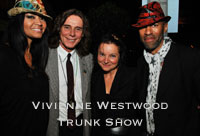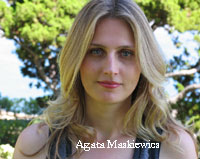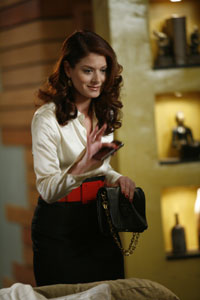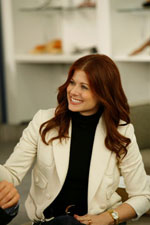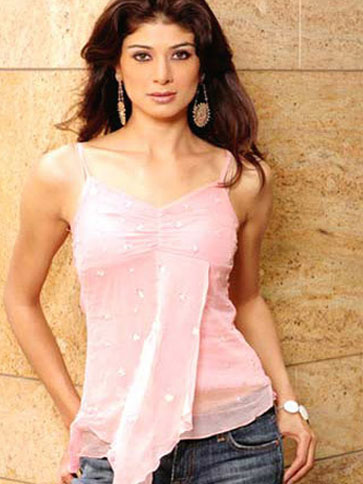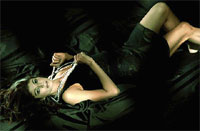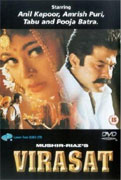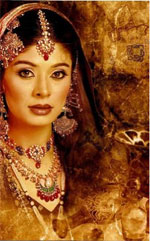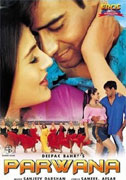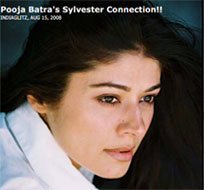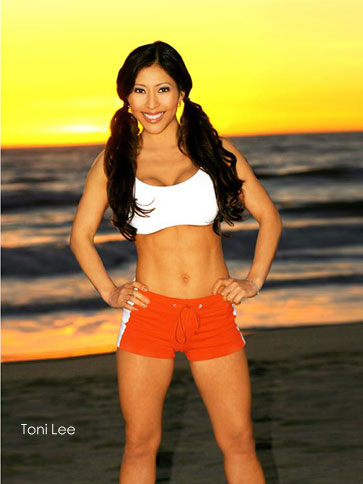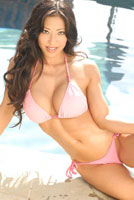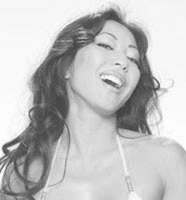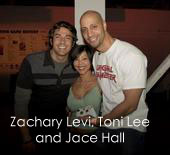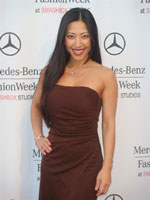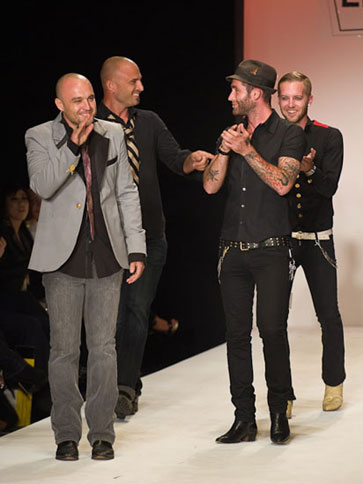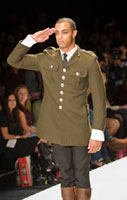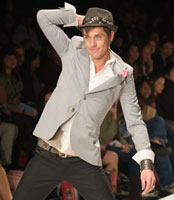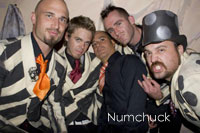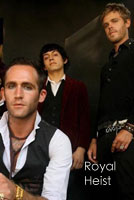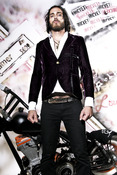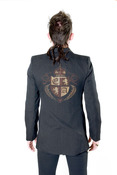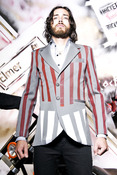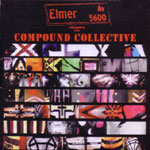Chaz Dean, the Creator of WEN: Changing the World One Head at a Time
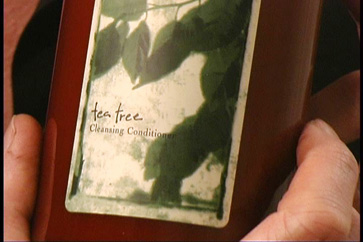 Chaz Dean is a stylist, photographer, and inventor. He has a celebrity client list that includes the cast of “Desperate Housewives,” Alicia Keys, Ellen Degeneres, Paula Abdul, Laura Dern, Charlize Theron, and countless more, and his revolutionary non-shampooing cleanser is changing the way we view our hair.
Chaz Dean is a stylist, photographer, and inventor. He has a celebrity client list that includes the cast of “Desperate Housewives,” Alicia Keys, Ellen Degeneres, Paula Abdul, Laura Dern, Charlize Theron, and countless more, and his revolutionary non-shampooing cleanser is changing the way we view our hair.
Harsh detergents and sodium laurel/laurel sulfates found in most shampoos inspired Chaz’s ingenuity. We agreed that most inventions came about out of sheer necessity. The development of WEN, Chaz’s universal hair cleanser, was no different.
WEN is formulated with the perfect balance of herbs and natural ingredients to eliminate shampooing without sacrificing the beauty of your hair. WEN is a new approach to the way you cleanse your hair.
In high school, Chaz Dean started in photography. After he completed high school, he wanted to incorporate those visions he saw in his head with photography without relying on others. It was that very element that got him into hair. So he went to school for hair, and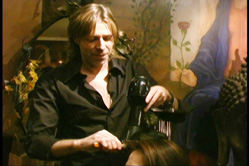 after graduating, he moved back to Los Angeles and pursued a career in hair and color. Hair was a passion for Chaz. Eventually, his photography took a back seat. In 1985, Chaz worked for a company that had its own product line, but the company didn’t have its own deep conditioner.
after graduating, he moved back to Los Angeles and pursued a career in hair and color. Hair was a passion for Chaz. Eventually, his photography took a back seat. In 1985, Chaz worked for a company that had its own product line, but the company didn’t have its own deep conditioner.
“I always wondered why we ordered high pro packs from other companies.”
That very company asked him to develop a deep conditioner. In 1986, he jumped at the opportunity, and 9 months later, the same company asked him to help them develop a “natural” product line. At the time, Aveda was the only natural product line out there. And a year later, Chaz developed another product which is now called Sexy Concepts for which he developed the Primrose Shampoo, Sage Conditioner, and Rosemary Conditioner which arrived on the market in 1989. Shortly after that, Chaz began developing his own “non-shampoo.”
“I got tired of my clients complaining that after their salon visits, in approximately two weeks their hair color faded, became brassy and dried out. I knew the detergent and the lathering from the shampoo was causing this. I compare it to when you use a cotton swab with alcohol, and you wipe your t-zone. In five minutes it’s squeaky clean, and within ten to fifteen minutes it’s oily like an oil slick. This happens because your brain tells your body that it needs to replenish the oils, so it works overtime at a really rapid pace.”
Chaz knew that the detergent was stripping the hair of its natural oils. He began mixing and matching and pulling things from his garden and his courtyard to see what could cleanse the scalp and still keep the hair hydrated. From there, he developed the product-line which took five years to perfect, creating a universal product for every type of hair without the heavy residue that weighs the hair down. While testing his products, Chaz’s clients complained about having dry scalp, or other scalp disorders, and they requested he also develop a non-medicated hair product. That’s when the Tea Tree Cleansing Conditioner (which has medicinal and healing properties) was developed.
“In the 1980s people would get their hair colored in the salon, go home with a bag full of products which included shampoo, conditioner, deep-conditioner, de-tangler, leave-in conditioner, a gel for hold, a polishing gloss for shine, and a hairspray. They would go home with a minimum of five to eight products. When they came back in for their next treatment, they complained that they never used the products they took home. It was too confusing and complicated to figure out, or they didn’t have time, and they just wanted the whole process simplified. This is the reason I condensed it. (My products are also great as a body wash, and they are amazing for shaving because of their astringent and anti-bacterial properties). I also created the styling cream, which replaces light weightless leave-in conditioner for moisture, polishing gloss for shine, and a light gel for hold. I found that with every client I worked on, I always used a minimum of those three products. I wanted to put all of those into one.”
While developing WEN, Chaz continued to listen to his clients’ feedback and took them from eight products down to just two, sometimes even one.
The WEN is great for ethnic hair, too, particularly African American textures. The complication of ethnic hair was the impetus for his creation of the Fig Cleanser, which has been out since April 2003.
“I developed the Fig because everyone was flat-ironing, bleaching, and straightening their hair. Their hair was so brittle and dehydrated that the Fig Cleanser is the most moisturizing, and it doesn’t weigh the hair down. Ethnic hair, particularly African American hair, in most cases, needs more moisture than other hair types.”
(He describes Fig like a sponge—it retains moisture.)
During the first two years of its development, Chaz refused to wholesale WEN to any outside vendors. He wanted to hear all the feedback. Ninety percent of the feedback was extremely positive, but the remaining ten percent concerned Chaz. After careful questioning, Chaz discovered that his clients were either not leaving the product on long enough, not using enough of it, or not rinsing it out well enough. Once his clients stepped it up, they were really pleased.
“That’s why WEN really has to be explained because there is nothing out there like it. From birth we are taught that the more lather, the more suds, the more bubbles, the cleaner, the healthier and shinier the hair. This is just not the case. Imagine that you had a saucepan and you made pasta and you poured out the sauce, or imagine your four-wheel truck was covered in dirt. You are not going to take a sponge and start smearing all the dirt around. You’re going to rinse it thoroughly first to get most of the dirt off the truck, or most of that sauce out of that saucepan before you start taking that sponge and smearing it around. It’s the same principle with your hair. You want to rinse it thoroughly and completely first to get all the dirt, grime, hairspray, gels, oils, whatever is in there already, out. Once you’ve done that, your hair is no longer robbed of its essential oils which are beneficial to the hair and which give the hair its shine and body.”
As with most new ideas, Chaz did encounter resistance, but he knew how to win people over. He was doing hair for the HollyRod Foundation fashion show, a charity event for Parkinson’s disease. Nicole Murphy, who is on the board of Design Cure, attended the event regularly. After seeing her at several events, Chaz finally approached her in April 2005 at the Rock N’ Republic show and rounded up the courage to introduce WEN to her. Nicole looked at him with the usual skepticism he received from women of color.
“I explained that Holly Robinson Peete, Halle Barry, and Tisha Campbell-Martin regularly use my products. Then, I explained the process to her and invited her to my salon. Now she is one of my regular clients. When clients leave my salon, they are amazed at how wonderful their hair feels.”
Chaz Dean’s Highest High:
Since November 2000, my intentions were QVC, Guthy Renker, and Oprah Winfrey because I am trying to change the world in the way people cleanse their hair. These three are a platform to explain the product. In January, I met Oprah on the set of Desperate Housewives and handed her a gift bag of the product, and I ended up in O Magazine October 2005. Three weeks later, QVC called me, and I was on in August and October of 2005, and three times last December. I am now in negotiations with Guthy Renker and there is an offer pending.
Chaz’s Lowest Low:
When I started Chaz Dean Studios, it was burglarized, and in September 1997, my mom was re-diagnosed with cancer (she passed away February 2001), my partner and I of 2-1/2 years broke up, and my brother drowned. All three events happened in the span of one month. This made me realize how short life is, but because of that I have grown in tremendous ways.
Chaz Dean wants to change the world one head at a time. It’s the joy, the happiness, and the testimonies of people who’ve hated their hair their whole lives that propel him forward.
“ I believe you won’t know the changes you’ve made in someone’s life until you’re on the other side. And then you have that panoramic view of ‘wow’ I can’t believe I had such an impact—it’s the ripple effect. It’s so important for people to search deep down within themselves and decide what it is that will make a difference.”
To learn more about WEN, visit www.chazdeanstudio.com.
Written by Kaylene Peoples
